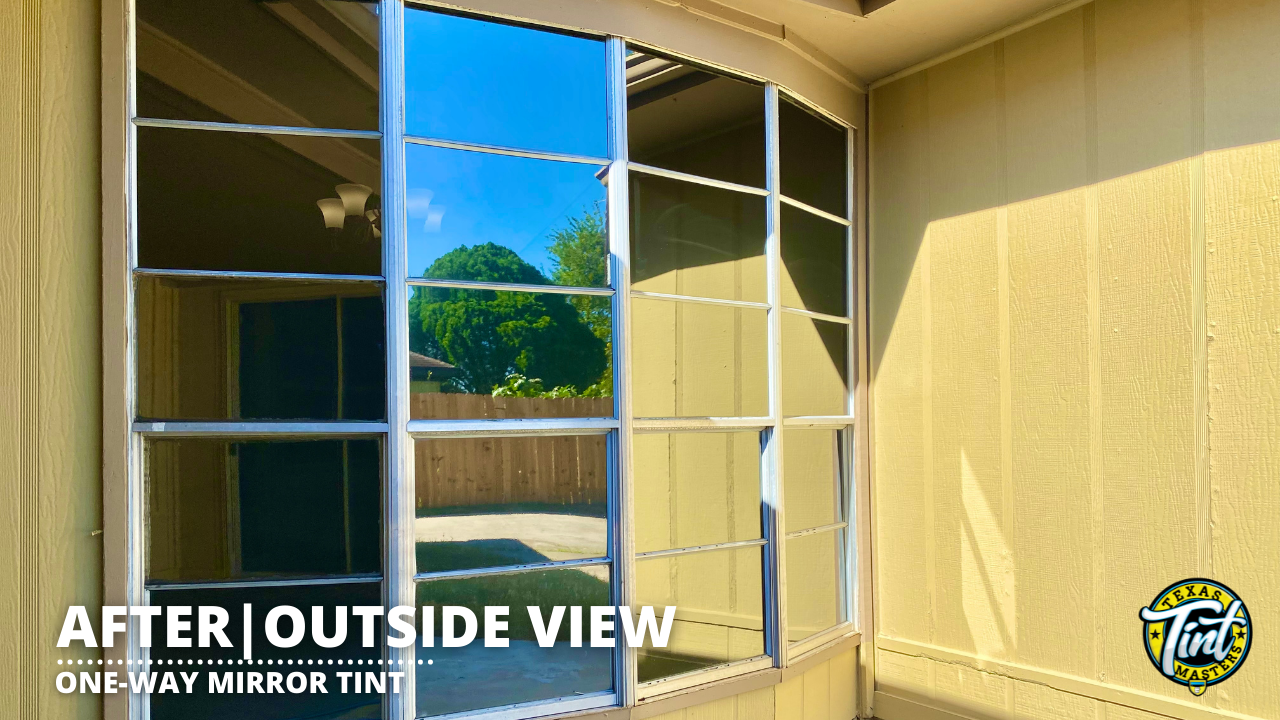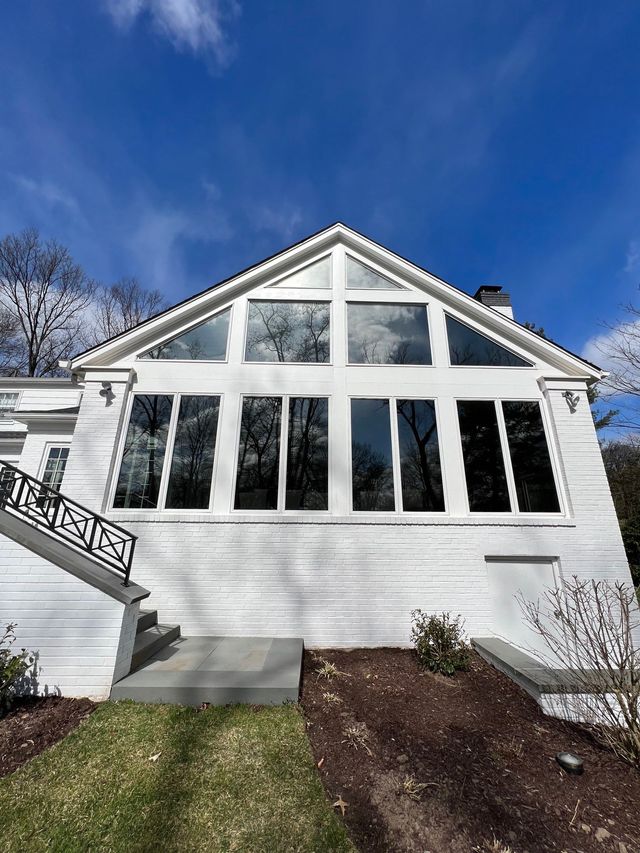How Residential Window Tint Can Minimize Energy Expenses
How Residential Window Tint Can Minimize Energy Expenses
Blog Article
Exactly How Residential Window Tinting Improves Your Home's Energy Effectiveness
Residential window tinting provides an engaging remedy for homeowners seeking to improve power performance within their living rooms. By applying specialized films to windows, it efficiently minimizes warmth transfer, therefore stabilizing indoor temperatures and reducing the requirement for extreme home heating or air conditioning.
Recognizing Home Window Tinting
Recognizing home window tinting is crucial for homeowners seeking to enhance both comfort and power efficiency in their living spaces. Residential Window Tint. Window tinting involves the application of a slim movie to the inside or exterior surface area of glass windows. This movie can dramatically regulate the quantity of sunshine and warmth that gets in a home, hence affecting indoor climate conditions
There are various sorts of window tinting movies readily available, each with distinctive residential or commercial properties. Dyed movies take in solar energy, while reflective films disperse it away from the glass surface area. Ceramic films offer an equilibrium of exposure and warm rejection, making them a preferred selection among property owners. The effectiveness of home window tinting is commonly determined by its Visible Light Transmission (VLT) percentage, which shows just how much light can pass with the film.
Advantages of Energy Performance
Window tinting not just improves aesthetic appeals but likewise plays a significant duty in improving power efficiency within household spaces. By lowering warm transfer via windows, colored films produce an extra steady interior climate, which can cause significant decreases in power usage for heating and air conditioning. This energy efficiency converts into lower energy bills, supplying homeowners with considerable lasting savings.

Furthermore, window tinting boosts the convenience of living spaces. By minimizing glow and blocking harmful UV rays, colored windows create an even more enjoyable environment, which can bring about enhanced well-being for owners. The security versus UV rays likewise helps protect furniture and floor covering from fading, adding to the long life of home items.
Exactly How Tinting Works
Tinting movies operate with a combination of sophisticated materials and modern technologies developed to regulate the amount of solar power entering a home. Largely composed of polyester, these movies frequently include metallic or ceramic particles that show and soak up heat. This double capacity allows them to dramatically decrease the infiltration of ultraviolet (UV) rays and infrared radiation while allowing visible light to pass through.
The efficiency of window tinting is gauged Visit Website by its solar heat gain coefficient (SHGC), which shows just how much solar energy is sent through the window. Reduced SHGC worths are more suitable as they signify better heat being rejected. In addition, home window tints can feature a range see of tones, allowing house owners to tailor their aesthetic preferences while improving power performance.
Furthermore, these films function as an obstacle, preventing heat loss during chillier months by showing indoor heat back right into the home. This thermal insulation effect complements the cooling benefits acquired during warmer months, adding to a well balanced interior environment year-round. By taking care of solar power properly, residential window tinting not just enhances convenience yet additionally plays a vital role in reducing energy intake and lowering energy costs.
Picking the Right Color

There are different kinds of window films readily available, including dyed, metalized, and ceramic. Colored movies are affordable yet might have restricted sturdiness. Metalized movies offer much better warmth rejection but can disrupt digital signals. Ceramic films offer exceptional warmth control without compromising exposure and are extremely sturdy, making them a popular option.
Noticeable light transmission (VLT) is an additional critical factor, as it indicates the amount of natural light that can travel through the tinted glass. Property owners must choose a color with a VLT that matches their illumination choices while still supplying appropriate glow decrease.
Furthermore, examining the solar warm gain coefficient (SHGC) can assist identify exactly how well a tint can block heat from sunshine. A reduced SHGC suggests much better warm control, ultimately enhancing energy performance.
Installation and Upkeep Tips
Proper installation and maintenance are important parts in making best use of the benefits of residential window tinting. Specialists additionally utilize specialized tools and methods, which can boost the resilience and performance of the tint.
Adhering to installation, maintenance is essential to extend the life of the home window movie. It is advised to wait at least 30 days prior to cleaning the tinted windows to enable the sticky to heal totally.
Resolving these concerns immediately can stop additional damage and keep power effectiveness. By adhering to these installation and upkeep pointers, house owners can ensure their window tinting proceeds to supply considerable energy financial savings and convenience for years to come.
Final Thought
Finally, residential home window tinting acts as an effective solution for boosting energy efficiency within homes. By lowering warm transfer and blocking unsafe UV rays, home window films add to reduce energy intake and improved interior comfort. The option of proper tinting materials, in addition to appropriate installation and upkeep, even more makes the most of these benefits. Eventually, window tinting stands for a sustainable financial investment that not only reduces utility expenses but likewise advertises a comfortable living environment throughout the year.
Home window tinting involves the application of a thin movie to the inside or exterior surface more of glass home windows. By lowering heat transfer with home windows, colored films create a much more steady interior environment, which can lead to significant reductions in power intake for home heating and cooling.The effectiveness of window tinting is determined by its solar warmth gain coefficient (SHGC), which indicates how much solar energy is transferred with the home window. By taking care of solar energy effectively, property home window tinting not just boosts convenience yet additionally plays a vital role in decreasing energy usage and decreasing energy costs.
By lowering warmth transfer and obstructing harmful UV rays, window movies add to decrease power intake and boosted interior convenience.
Report this page